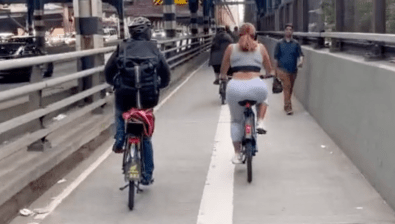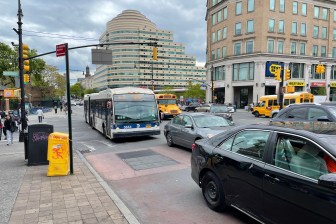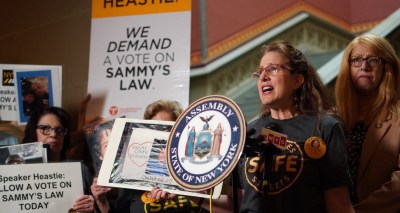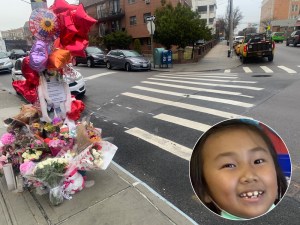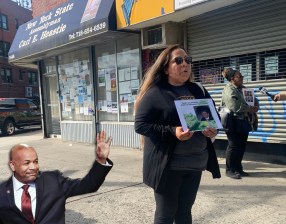Transit and Bikes: Meant for Each Other
Too often, in the struggle for meager financial resources, progressive transportation advocates can become divided — and the division sometimes leaves bicyclists on one side and transit boosters on the other. Today, Streetsblog Network member blog Cyclelicious makes the case that not only do bikes need transit, transit needs bikes to increase efficiency and ridership, giving the example of Caltrain in the Bay Area:
A Caltrain car packed with bikes. Photo by richardmasoner via Flickr.
According to San Jose Transportation Director Jim Helmer (with whom I ride a bus into San Jose every day), the most utilized city parking lots are those next to Caltrain and VTA light rail stations. These
parking lots are filled to capacity every day. BART has similar parking capacity issues. $200,000 will buy about four parking spots in the Bay Area — those four spaces will be used by one person each day. Caltrain will spend about $200,000 over the next eight weeks adding almost 300 bike spaces on its bike cars, each of which can be used by three or four people if you consider round trip travel. Transit needs bikes to cost-effectively get passengers the last mile to and from the transit stop.
Meanwhile, in Wisconsin, Milwaukee Rising is pointing out some twisted thinking on spending priorities in that state:
State government would be cut by $125 million over the next two years, but highway workers would be exempted from threats to their jobs, as would those with public safety gigs, such as cops or
firefighters.Oh, yeah. The first $300 million in federal stimulus money would go to highway projects.
So still no way to connect jobs to workers without cars, but plenty of cops to roust and bust them if they become homeless.
Or are they all supposed to find jobs as road builders?
